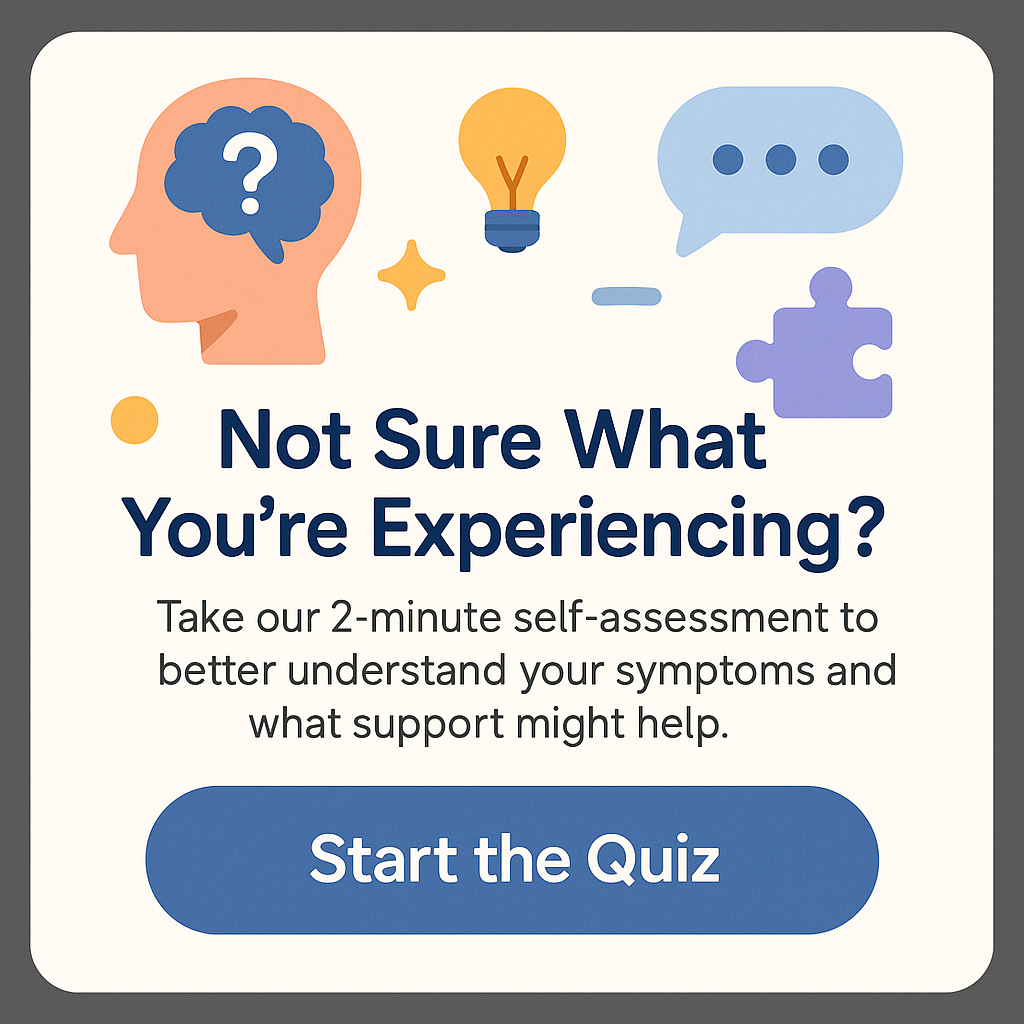How to Calm a Child with Autism? Effective Strategies for Parents
When it comes to parenting, the journey is filled with moments of joy, laughter, and challenges. For parents of children with autism, these challenges can sometimes feel overwhelming, especially when it comes to managing anxiety and meltdowns. If you’ve ever found yourself wondering how to calm a child with autism during those tough times, you’re not alone. Many parents seek ways to help their child feel secure and relaxed, ensuring both the child’s well-being and their own peace of mind. In this article, we will explore effective strategies and practical tips to help calm children with autism, offering a toolkit for a smoother path in parenting.
Understanding Sensory Overload and Calmness
The first step to learning how to calm a child with autism is to understand what triggers their anxiety and stress. For many children on the autism spectrum, sensory overload is a significant contributor. Imagine being in a bustling market where bright lights, loud noises, and unanticipated movements clash; this experience can be quite daunting for a child with autism. Their sensitivity to sensory stimuli can lead to feelings of chaos, resulting in anxiety and meltdowns.
To effectively manage these situations, it’s important to recognize the signs of sensory overload early. Signs may include covering their ears, refusing to make eye contact, or becoming agitated. By identifying these indicators, you can create a proactive approach to help calm your child.
One effective strategy involves creating a ‘calm-down space.’ This is a designated area where your child can retreat when they start to feel overwhelmed. The space can be equipped with calming sensory objects, such as soft pillows, weighted blankets, or fidget toys. Consider incorporating sound dampening materials, such as noise-canceling headphones or soft music, to help block out overwhelming stimuli.
Additionally, using visual supports can be highly beneficial. A visual schedule or social story can help your child predict what will happen next, providing a sense of security. The more prepared they feel, the easier it can be to calm them when they become anxious.
Integrating Calming Techniques
Now that we understand sensory overload, let’s explore practical techniques you can implement to calm your child with autism effectively. These techniques blend behavioral strategies, mindfulness practices, and routine adjustments, aiming to build a cohesive approach that resonates with your child’s unique needs.
One powerful technique is deep breathing. Introducing simple breathing exercises during calm moments can equip your child with tools they can use when they feel overwhelmed. You might say, “Let’s blow out some birthday candles.” Encouraging them to take deep breaths while pretending to blow out candles can make the process fun and less intimidating. Practicing this technique regularly can foster a sense of control and calmness they can access during stressful times.
Another beneficial approach is movement. Physical activity can work wonders in releasing pent-up energy and tension. Engaging in activities like jumping on a trampoline, swinging, or dancing to their favorite music can help to energize or relax your child, depending on their needs at the moment. You can also experiment with yoga. Simple poses designed for children can promote physical strength while encouraging relaxation and mindfulness.
Incorporating a consistent routine is essential for children with autism. Predictability can lead to reduced anxiety overall. Set up a structured daily schedule that outlines activities like playtime, meals, and relaxation periods. Make sure to involve your child in creating this schedule; this not only gives them a sense of agency but also helps them feel more prepared for what’s ahead.
Creating a Supportive Environment
The physical environment plays an enormous role in how to calm a child with autism. A serene and organized space can serve as a calming factor, aiding your child in regulating their emotions. Assess your home and pinpoint areas that can be adjusted to enhance comfort.
Consider reducing clutter and organizing toys and personal items. A tidy space minimizes distractions and can have a calming effect. Even the colors on your walls can make a difference. Soft, muted colors often create a peaceful atmosphere, while bright, bold colors may cause overstimulation.
Sound is another crucial element. If you haven’t already, explore sound-absorbing materials like carpets, cushions, and curtains. Background noise can be very disruptive, so creating a quieter environment can help your child focus and feel at ease. Sometimes, gentle instrumental music can also be soothing, but pay close attention to your child’s preferences—every child is different.
Don’t forget about lighting. Natural light is often uplifting, but for some children with autism, bright lights can be distressing. Consider using dimmers or soft lighting options to create a comforting environment. If your child becomes anxious when transitioning from day to night, using blackout curtains and maintaining low light levels can aid in reducing distress.
Engaging in Social Activities and Communicative Strategies
Social interactions can be another challenging area for children on the spectrum. Building social skills can help in reducing anxiety during social situations and make it easier to calm a child with autism when they feel overwhelmed. Start by practicing social scenarios at home, using role-playing to enact various situations. This practice can include visiting a park, attending a family gathering, or even having a conversation with a friend.
Use social stories to communicate expectations and develop social understanding. These are short narratives that describe social situations and emotional responses, allowing your child to anticipate and understand their emotions better. Visual aids accompanying these stories can make comprehension easier and more relatable.
Positive reinforcement also plays a vital role. Celebrate small wins your child achieves in social interactions and encourage open communication about their feelings. This positive feedback loop can foster confidence and promote further engagement in social situations, making it easier for them to cope in the future.
Involving Professionals and Additional Resources
As a parent, it’s essential to recognize when to seek help and involve professionals who can provide additional support tailored to your child’s needs. Speech therapists, occupational therapists, and child psychologists can offer specialized guidance and strategies to effectively calm a child with autism.
Additionally, consider engaging with support groups, parenting workshops, or online forums where you can share experiences and gather insights from other parents and professionals. Websites like Autism Speaks and the CDC’s autism resource page offer valuable information and community support to empower you in your journey.
Books and literature on autism can also be a helpful resource. Titles such as *The Reason I Jump* by Naoki Higashida and *Uniquely Human* by Barry M. Prizant provide perspectives that can enhance your understanding of autism, helping you relate better to your child’s world.
Conclusion
Calming a child with autism may not always come easy, but with these strategies and a compassionate approach, you can create a supportive environment that fosters comfort and security. Remember, every child is unique; what works for one may not work for another. Keep experimenting with different techniques and approaches until you discover what resonates best with your child.
As a parent, taking care of your emotional well-being is equally important. By empowering yourself with knowledge and support, you’ll be better equipped to help your child navigate their feelings. Together, you can thrive and create a nurturing space where your child feels calm, happy, and understood.
FAQs
1. What are the signs of anxiety in children with autism?
Signs of anxiety can include withdrawal, tantrums, meltdowns, changes in behavior, and physical signs such as fidgeting or refusing to engage.
2. How can deep breathing help my child with autism?
Deep breathing can help regulate emotional responses, allowing your child to regain control when they feel overwhelmed. It’s a skill they can learn to use whenever they feel anxious.
3. What is the importance of routine for a child with autism?
Routine provides structure and predictability, which can significantly reduce anxiety and help children feel more secure in their environment.
4. How can I help my child communicate their feelings?
Use visual aids, social stories, and role-playing to encourage conversation about feelings. Positive reinforcement and validation can also help build their confidence in expressing themselves.
5. When should I seek professional help for my child?
If anxiety or behavioral issues impact your child’s daily life, consider consulting speech therapists, occupational therapists, or child psychologists for targeted support.
Can Autistic People Fall in Love? Understanding Love and Relationships
Can People with Autism Live Alone? Exploring Independence and Support
Can a Child with Autism Be Normal? Insights and Understanding







